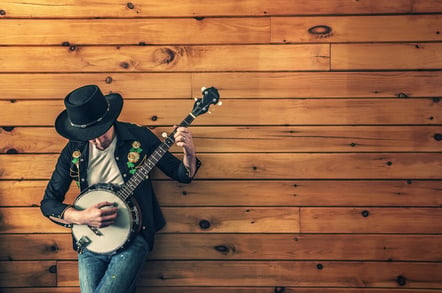New York, NY (Top40 Charts) Music sets the mood in movies and adds emotion to TV shows. From massive pop hits to indie gems, the songs we hear in media are often carefully chosen to match a specific tone or tell a deeper story.
People might associate music with playlists or radio, but its use in film and advertising follows a different path. Just like choosing a reliable marijuana seed bank for a healthy grow, production teams must find the right music source to match the creative vision and make sure it is legally cleared for use.
What Is Music Licensing?
Before any song can be used in a movie, show, or ad, the rights to that song must be licensed. This process involves getting permission from the people who own the rights to the composition and sound recording. These rights are usually split between the songwriter, the publisher, and the record label. There are two main types of licenses used in media:
- Synchronization license: This gives permission to use the composition of a song with visual media. It comes from the publisher or songwriter.
- Master license: This covers the actual recorded version of the song. It comes from the record label or artist who owns the recording.
Both are needed when using a well-known track, and skipping this step can result in legal trouble. That is why every piece of music in a film, series, or ad has been carefully reviewed, cleared, and approved before it plays on screen, much like how trusted sources such as Barney's Farm seeds ensure quality and reliability through careful selection and handling.
The Role of Music Supervisors
Creative Guides
Music supervisors work closely with directors, editors, and producers to find tracks that match the energy, pace, and meaning of a scene. A strong music supervisor understands how sound enhances storytelling, and they often keep up with classic hits and emerging artists across genres.
They help decide if a scene needs something energetic, subtle, nostalgic, or bold. Their deep musical knowledge allows them to suggest tracks that feel natural and impactful, which makes them a key part of the creative team.
Rights and Licensing Experts
Music supervisors reach out to publishers and record labels to negotiate the use of songs and secure proper licensing. These professionals ensure that every track used has been legally cleared and fits within the project's budget.
For bigger productions, they might negotiate access to well-known tracks. For smaller ones, they often seek out indie artists or pre-cleared music to stay cost-effective. Their skill in balancing creativity with legal and financial requirements is what makes them so essential to film, TV, and advertising projects.
Music Libraries and Independent Artists
Not every production can pay for a hit song. In fact, most small-budget films and TV shows look elsewhere. Music libraries offer thousands of pre-cleared tracks that can be licensed quickly and affordably. These songs are often created by independent musicians and can be licensed for a flat fee.
Indie artists benefit from these placements, too. Getting a song placed in a popular series or an emotional commercial can lead to streaming spikes and new fans. For musicians, sync licensing has become a powerful way to build exposure without needing a massive label behind them.
Why Music Matters in Visual Media
Music adds depth to what we see on screen. A scene with no dialogue can still communicate emotion through a well-placed song. Think of how a soft piano piece changes the feel of a romantic moment or how an energetic track makes a car commercial feel bold and exciting.
Some of the most iconic film scenes are remembered as much for their soundtracks as for their visuals. Music helps shape identity, support the narrative, and guide the emotional tone from start to finish.
How Musicians Get Their Songs Placed
Artists who want to break into sync licensing should focus on making high-quality recordings and organizing their rights. Instrumentals are often requested, so versions with and without vocals help. Clean metadata and easy-to-clear rights make a big difference when music supervisors work under tight deadlines.
Many musicians partner with sync agents or licensing companies to pitch their songs to the right people. These middlemen understand the language of the industry and know how to match music to upcoming projects.























